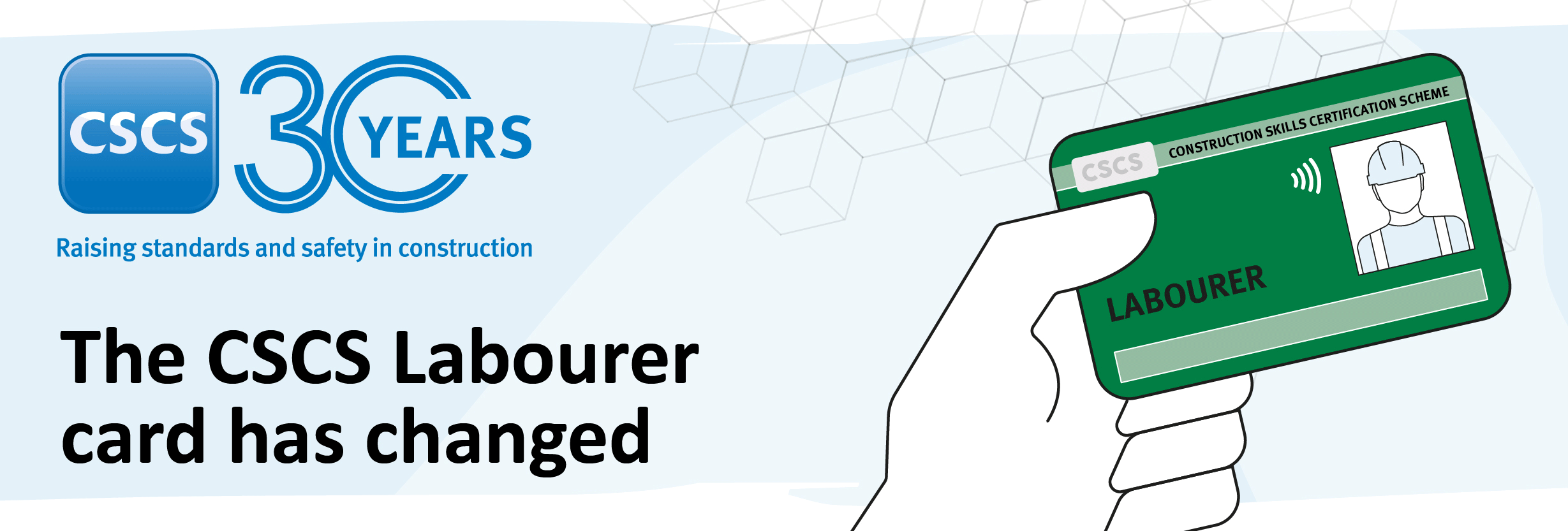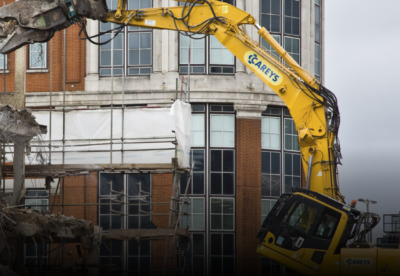Output slowed to 0.2% in March, due mainly to weaker private housing and commercial building.
Since the end of 2022, the private housing sector has now seen five monthly falls out of the last seven.
But growth of infrastructure new work and public other new work, up 2.2% and 6.5%, respectively helped to keep the industry’s head above water.
According to new figures from the Office of National Statistics, the annual rate of construction inflation continued to slow falling to 8.5% in the 12 months to March from the record high of 10.4% seen in May and June last year.
But new order levels for the first quarter will raise concern. These dropped 12% in the first quarter, compared with the last three months of 2022.
This slide was driven mainly private commercial and private housing new orders, which fell 22% and 18%, respectively.
Clive Docwra, managing director of property and construction consultancy McBains, said: “The modest increase in output will provide a measure of good news for the construction industry, especially given a large proportion of work during the month would have been impacted by it being the wettest March for more than 40 years.
“More generally, cost pressures and materials shortages seem to be stabilising, but it’s too early to say whether this represents a longer-term recovery, especially given the ups and downs of the last three years.
“This is reflected by the first quarter figures of 2023 showing total orders decreased by more than 12% compared with the final quarter of 2022.”



















































 (300 x 250 px).jpg)
